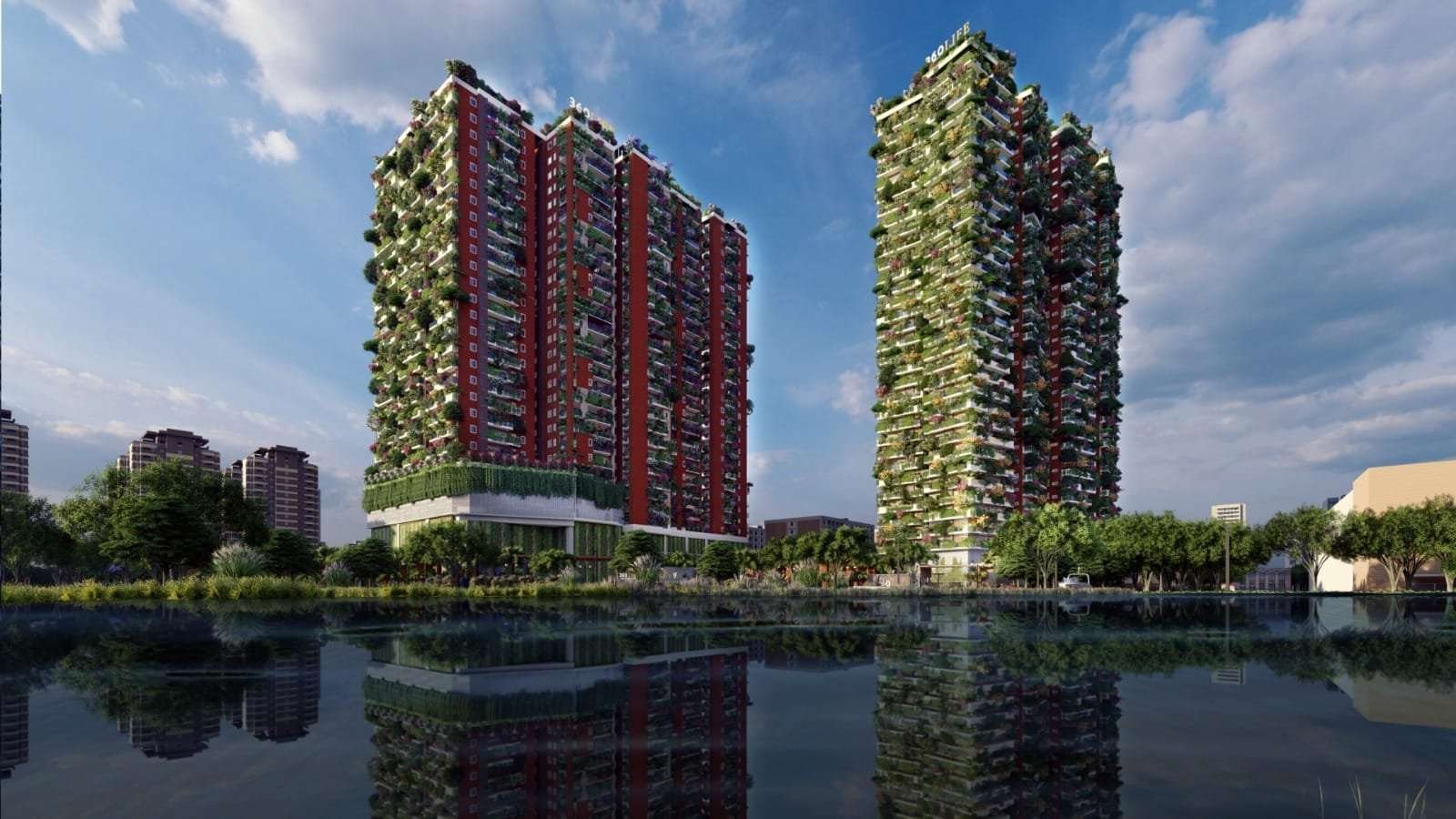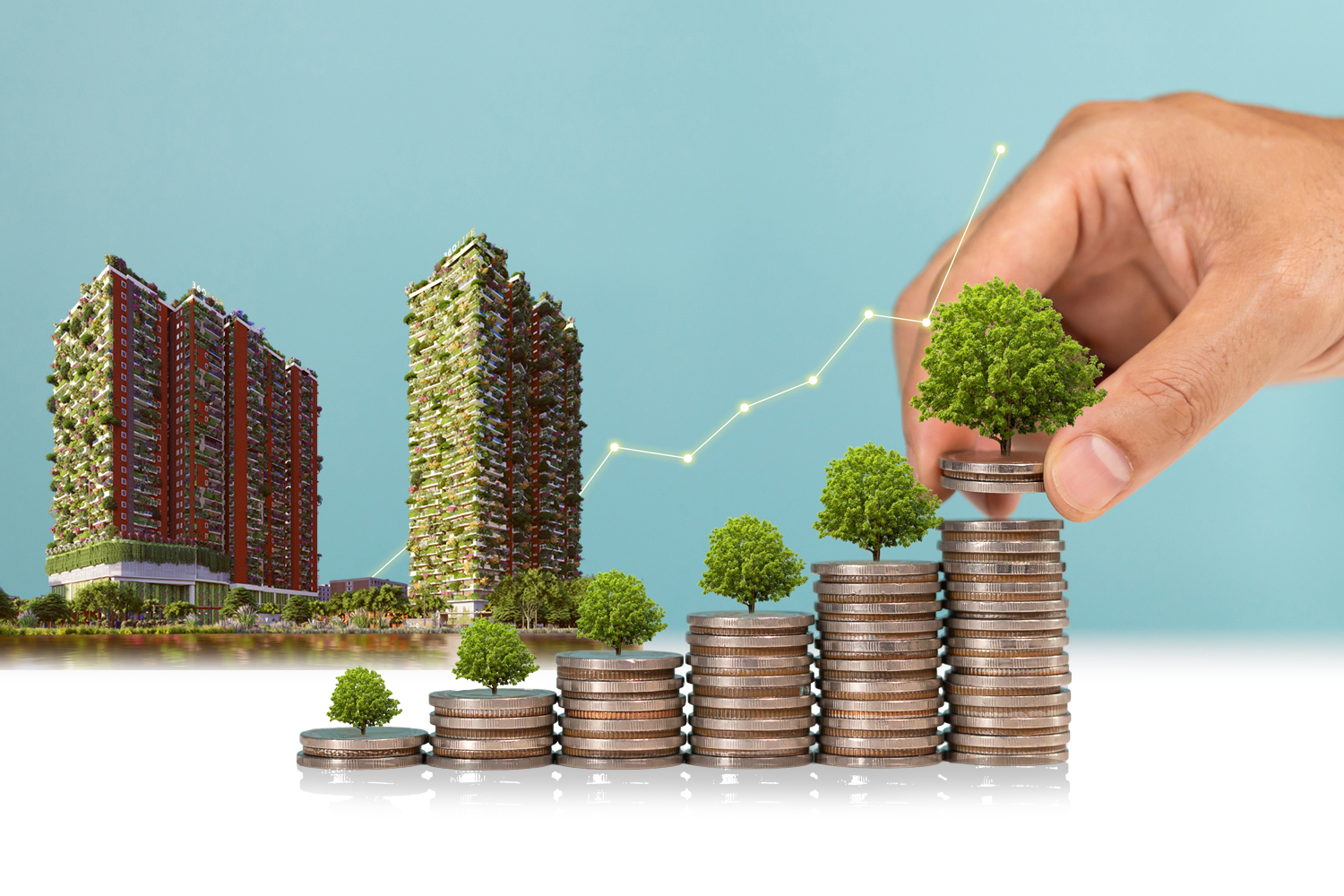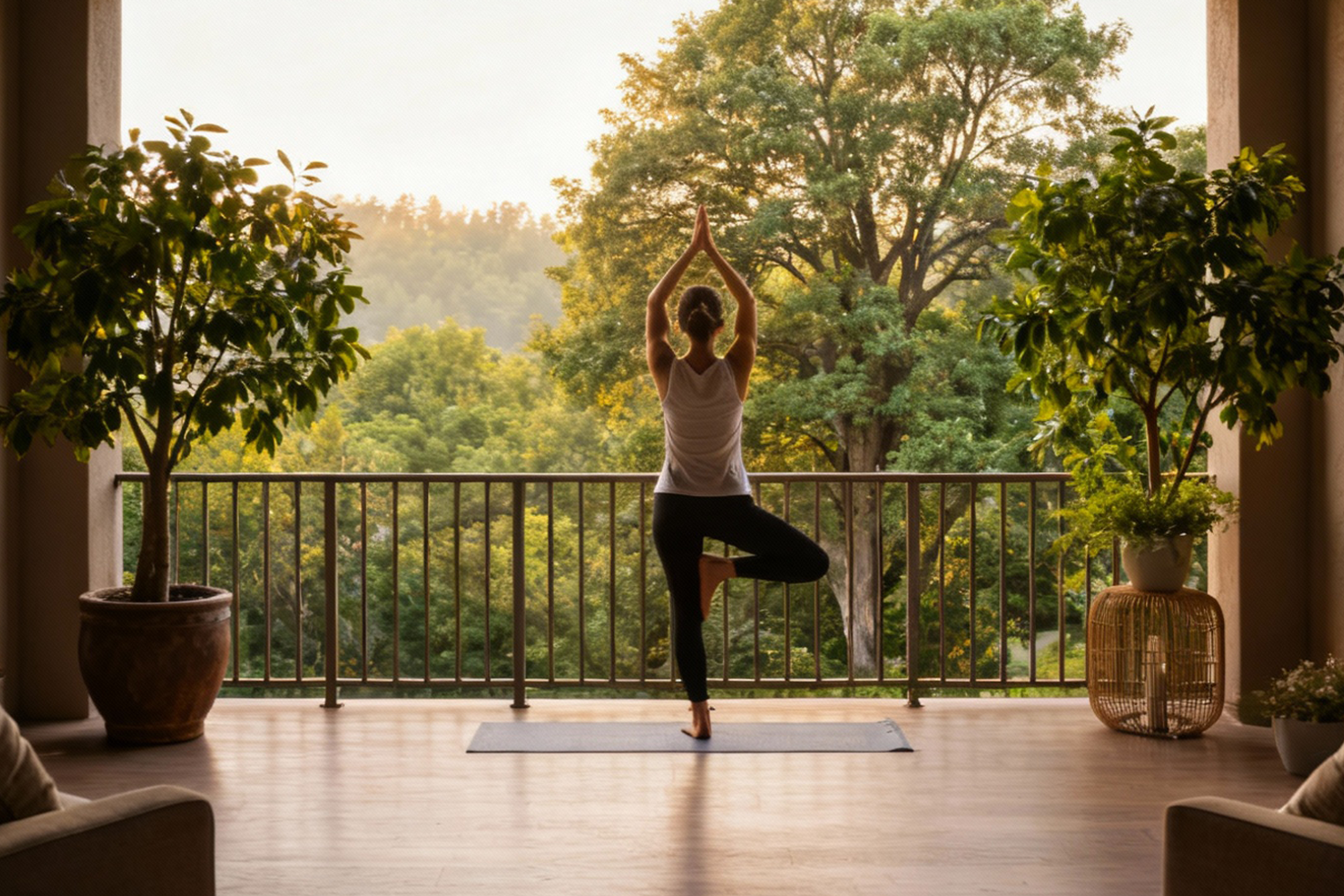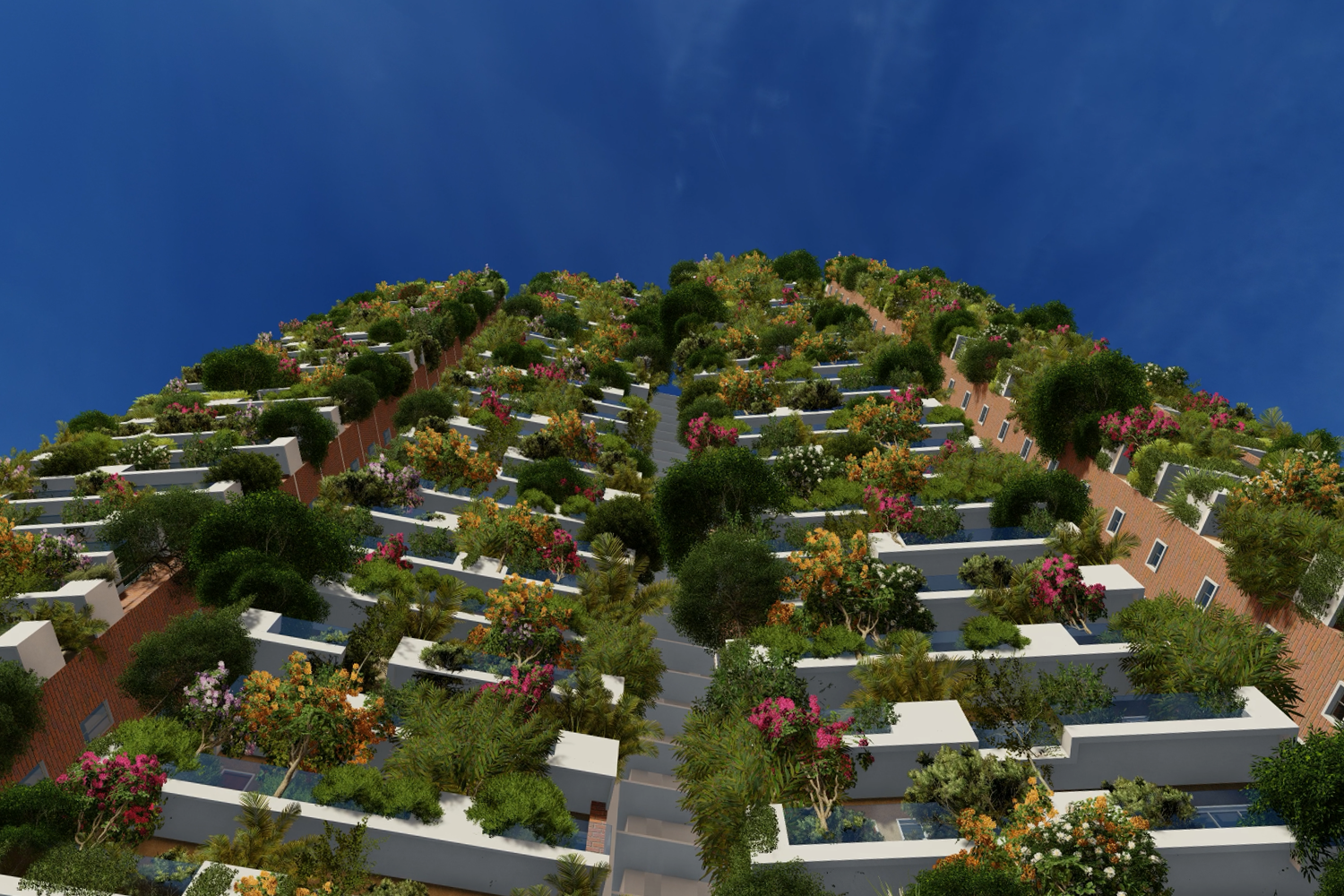In an era marked by environmental consciousness and sustainable living, the concept of vertical forest apartments has emerged as a beacon of innovation in urban development. Meanwhile, these towering structures offer a solution to urban pollution and present a unique opportunity for investors looking to diversify their portfolios.
In this blog, we explore the potential of vertical forest apartments as a lucrative investment avenue, examining the benefits they offer in terms of financial returns, environmental impact, and market demand.
Th Appeal of Vertical Forest Apartments:
Firstly, vertical forest apartments, characterized by their integration of lush greenery into high-rise buildings, have captured the imagination of architects, environmentalists, and urban dwellers alike. Moreover, these eco-friendly structures not only enhance the aesthetic appeal of the urban landscape but also provide tangible benefits in terms of air purification, biodiversity conservation, and energy efficiency.
From an investment perspective, vertical forest apartments hold immense potential. As cities worldwide grapple with the dual challenges of rapid urbanization and climate change, the demand for sustainable housing solutions is on the rise. Certainly, investors stand to benefit from the growing market demand for environmentally conscious developments that prioritize the well-being of residents and the planet.
Diversifying Investment Portfolios:
One of the key principles of sound investment strategy is diversification, which involves spreading investments across different asset classes to reduce risk and optimize returns. Furthermore, Vertical forest apartments offer investors a unique opportunity to diversify their portfolios by adding a sustainable real estate component.
Unlike traditional real estate investments, which may be susceptible to market fluctuations and environmental concerns, whereas vertical forest apartments represent a resilient asset class with inherent long-term value. However, their eco-friendly features, including green roofs, living walls, and energy-efficient design, not only contribute to a healthier environment but also enhance the desirability and value of the properties.
Moreover, vertical forest developments often attract premium pricing and strong rental demand, resulting in stable cash flows and attractive yields for investors. Above all governments worldwide implement policies to promote sustainable urban development and combat climate change, the demand for green buildings is expected to increase, further bolstering the investment potential of vertical forest apartments.
Environmental and Social Impact:
Beyond financial returns, investing in vertical forest apartments also offers investors the opportunity to impact the environment and society positively. By allocating capital towards sustainable real estate projects, investors play a crucial role in driving innovation, fostering sustainable urbanisation, and mitigating the adverse effects of climate change.
Secondly, vertical forests contribute to carbon sequestration, reduce urban heat island effects, and enhance biodiversity, promoting ecological resilience and improving the quality of life for urban residents. Additionally, by providing green spaces for recreation and relaxation, vertical forest developments foster community cohesion and social well-being, creating vibrant and liveable neighbourhoods.
Conclusion:
In an increasingly interconnected and environmentally conscious world, the importance of sustainable investing cannot be overstated. Vertical forest apartments represent a compelling investment opportunity that combines financial returns with environmental and social impact. By diversifying investment portfolios to include sustainable real estate assets, investors can not only mitigate risk and enhance returns but also contribute to the creation of greener, more resilient cities for future generations. Launch your investment portfolio today and embrace the green revolution with vertical forest apartments.





